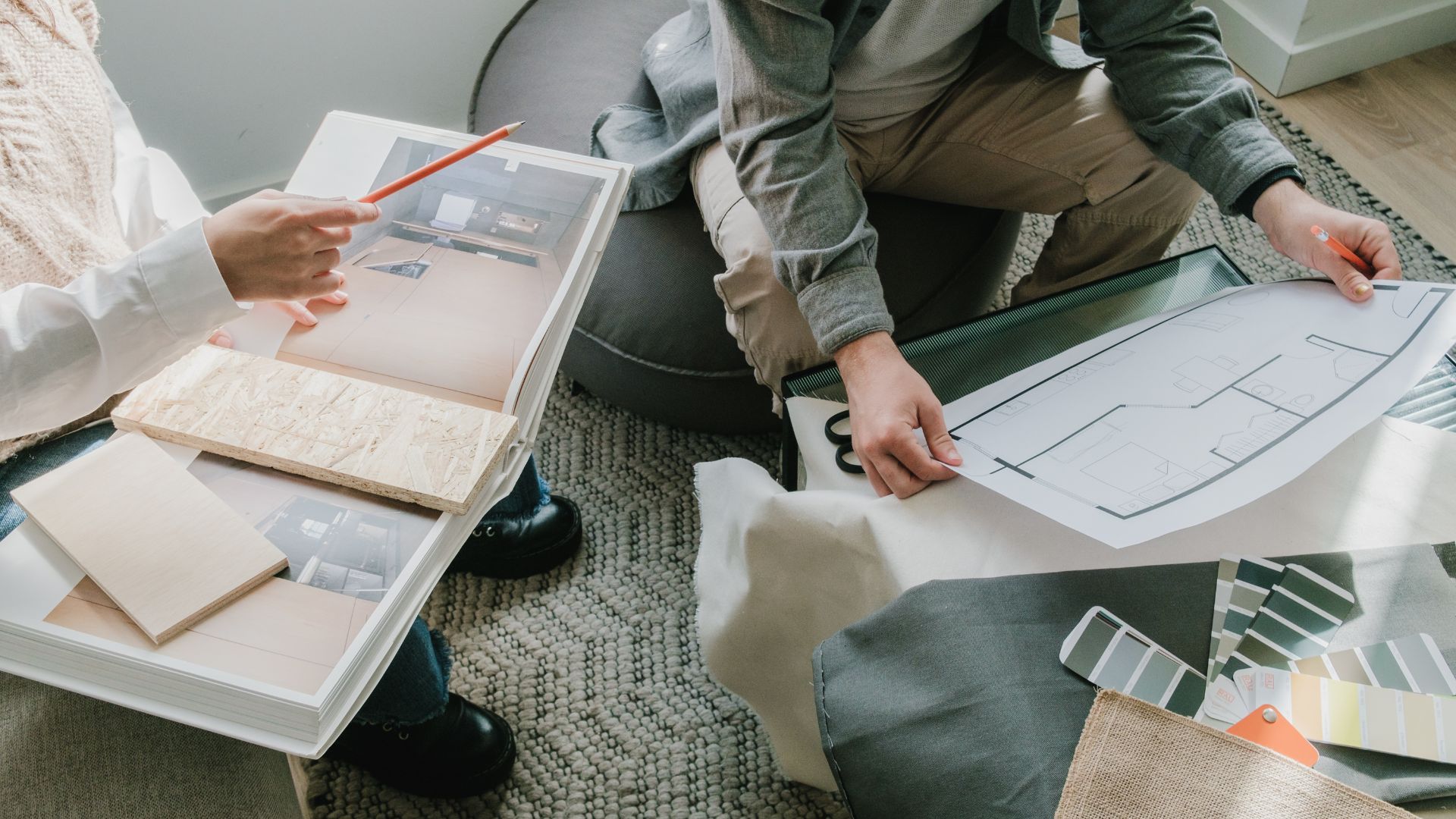Interior Design Presentation
In the realm of interior design, the presentation carries substantial weight. Acting as the bridge between a design concept and its manifestation, its importance can’t be overstated.
Essential elements include engaging visual aids and tools and leveraging modern technology.
Visual Aids and Tools
In the realm of interior design, visuals reign supreme. They’re essential tools to demonstrate how design concepts look when realized. Interior designers mostly use sketches and illustrations, floor plans, and 3D mockups for this purpose. For instance, sketches paint a clear picture of the design vision, while floor plans help represent the spatial relationships within a design. 3D mockups, on the other hand, offer a life-like portrayal of anticipated environments, allowing clients to visualize the final design more tangibly.
Use of color swatches is another practical tool, exhibiting a palette of color schemes available for the design. Designers also utilize mood boards – an assembly of images, materials, pieces of text, etc., meant to evoke a particular style or concept. Coupled with design mockups and color swatches, mood boards supply an immersive, comprehensive view of the intended design, combining theoretical concepts with tactile, visual elements.
The Role of Technology
In the digital age, technology plays an integral role in interior design presentations. Software tools, such as AutoCAD, SketchUp, Illustrator, and Photoshop, provide designers with platforms to generate detailed visuals in 2D and 3D. Examples include detailed floor plans, 3D renderings, and digital sketches. These tools allow for quicker, more efficient design iterations, rapidly enhancing or altering design elements as per client feedback.
Interactive technology, like Virtual Reality (VR) and Augmented Reality (AR), is also carving its niche in the industry. These technologies permit clients to experience envisioned spaces virtually, enhancing understanding, and offering real-time feedback. Through VR, clients can walk through design projections, experiencing every change in texture, color, or layout, while AR allows overlaying virtual design elements onto real-world spaces, aiding precise comparisons and adjustments.
Embedding technology within presentations offers a dynamic, realistic perspective of the design, beyond 2D visuals and tangible samples, streamlining design iterations and bridging communication gaps between clients and designers. The role of technology in such presentations is, hence, invaluable.
Preparing for an Interior Design Presentation
Interior design presentations form a strategic link between conceptual designs and their practical execution.
Understanding Client Needs
Prior to creating an interior design presentation, it’s crucial to have a comprehensive understanding of the client’s needs, desires, and aspirations. This knowledge forms the foundation on which the entire design proposal is constructed. Designers use various techniques such as interviews, questionnaires, and site visits to gather this information. These methods allow the designer to understand the client’s lifestyle, their functional needs for space, and their aesthetic preferences. For example, a client who entertains frequently may need a large, open living area, while a family with young children might prioritize safety features and kid-friendly design elements.
Crafting Your Narrative
Creating a compelling narrative for an interior design presentation not only demonstrates the designer’s artistic vision but also connects emotionally with the client. A well-structured narrative outlines the design flow, underpins color schemes, justifies the choice of accessories, and explains spatial arrangements. It functions as a storyline that seamlessly integrates elements like mood boards, fabric swatches, and 3D mockups, encouraging the client to envision the completed space. For instance, a narrative centered around ‘cozy and comfortable family living’ paints the backdrop to the selection of plush furniture, warm color tones, and layers of soft lighting.
Remember, every presentation holds the potential to convert a prospective client into a real one. Thorough understanding of client needs, weaving a compelling narrative, and a well-presented execution can indicate the difference between winning and losing a contract. It’s imperative that each step of preparing for an interior design presentation is meticulously planned and executed with precision.
Understanding the client’s needs and expectations is paramount for a successful presentation. Keep presentations concise yet comprehensive, and ensure active client participation
